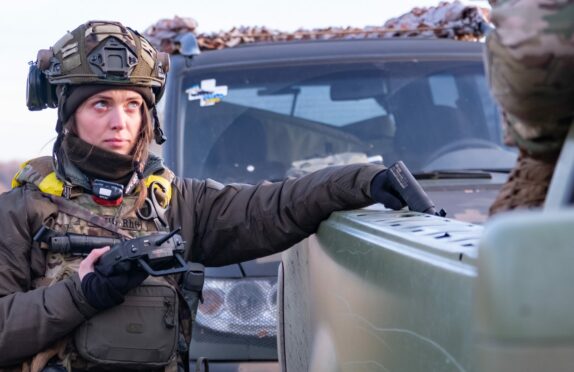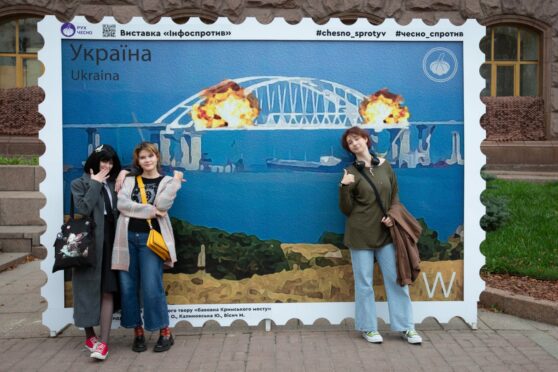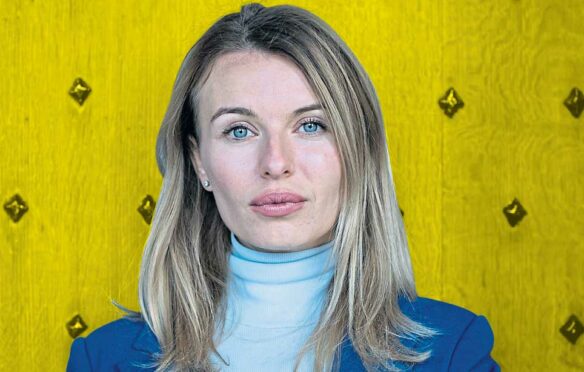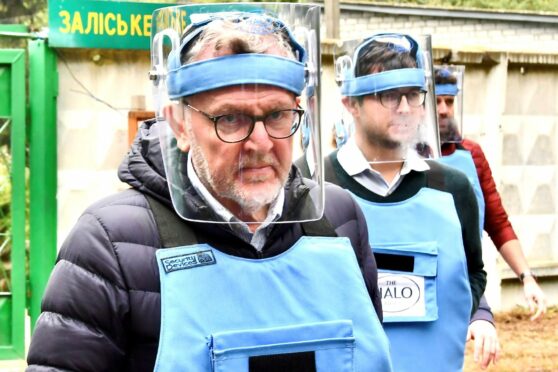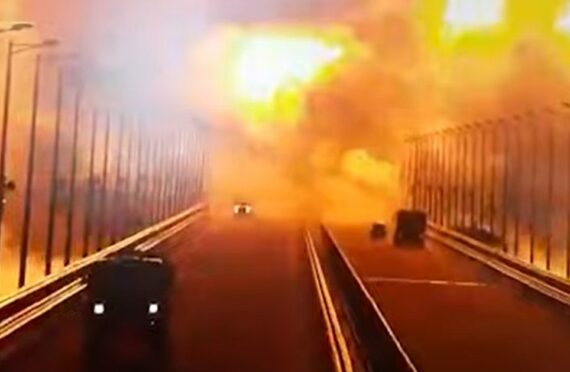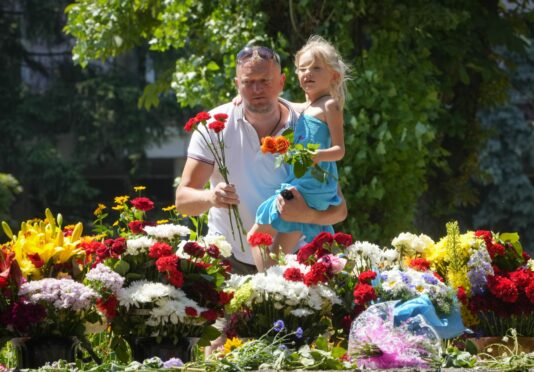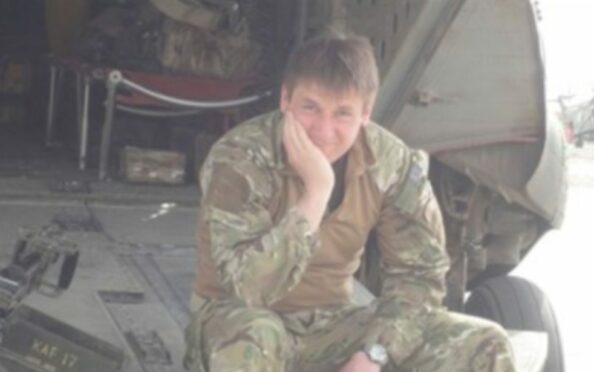
More than 300 doctors have called on the UK Government to provide support to medical teams treating children injured in Russia’s war on Ukraine.
A letter, published by medical journal The Lancet, warns of children experiencing “severe trauma both physical and psychological” during the invasion.
A&E doctor Paul Reavley, from Edinburgh, is among the doctors to sign the letter. He has served as an army surgeon in Afghanistan and Iraq, treating child victims of bomb blasts.
Reavley, lead editor of the Paediatric Blast Injury Field Manual, said: “The UK Government can provide a voice for these children. We need to consider the specific equipment for paediatric care and ensure our aid includes this along with training and clinical support. I designed the manual and contributed to the material within it along with a number of clinical colleagues.
“I have made contact with various organisations such as the Red Cross and continue to work with Save the Children, one of the original members of the Paediatric Blast Injuries Partnership.”
Reavley, who trained in Dundee and now works as a consultant emergency physician at the Royal Hospital for Children in Bristol, said: “There is much the UK Government can do to support these children, including being very vocal about this. All war is a war against children. The UN figures so far are 99 child deaths but we can assume this is much higher.
“Sadly, our paediatric bomb blast manual produced for Syria is now needed in Ukraine. Six million children have been added to the risk of bomb injuries.
“From the news we have evidence of blast injuries, children with multiple injuries, amputation. This war in Ukraine is characterised by complete loss of proportionality, distinction, necessity and humanity in the way urban areas are targeted, like Mariupol.
“Children are much more seriously affected and more badly injured because they are not as protected against blast injuries, compared to adults.
“They are more likely to die. Their abdominal walls are thinner, bodies smaller and there is a different pattern to their injuries, than adults.
“Every one of Ukraine’s children will suffer psychologically for multiple reasons. That is, loss of family and social structure, education and food shortage.”

Enjoy the convenience of having The Sunday Post delivered as a digital ePaper straight to your smartphone, tablet or computer.
Subscribe for only £5.49 a month and enjoy all the benefits of the printed paper as a digital replica.
Subscribe